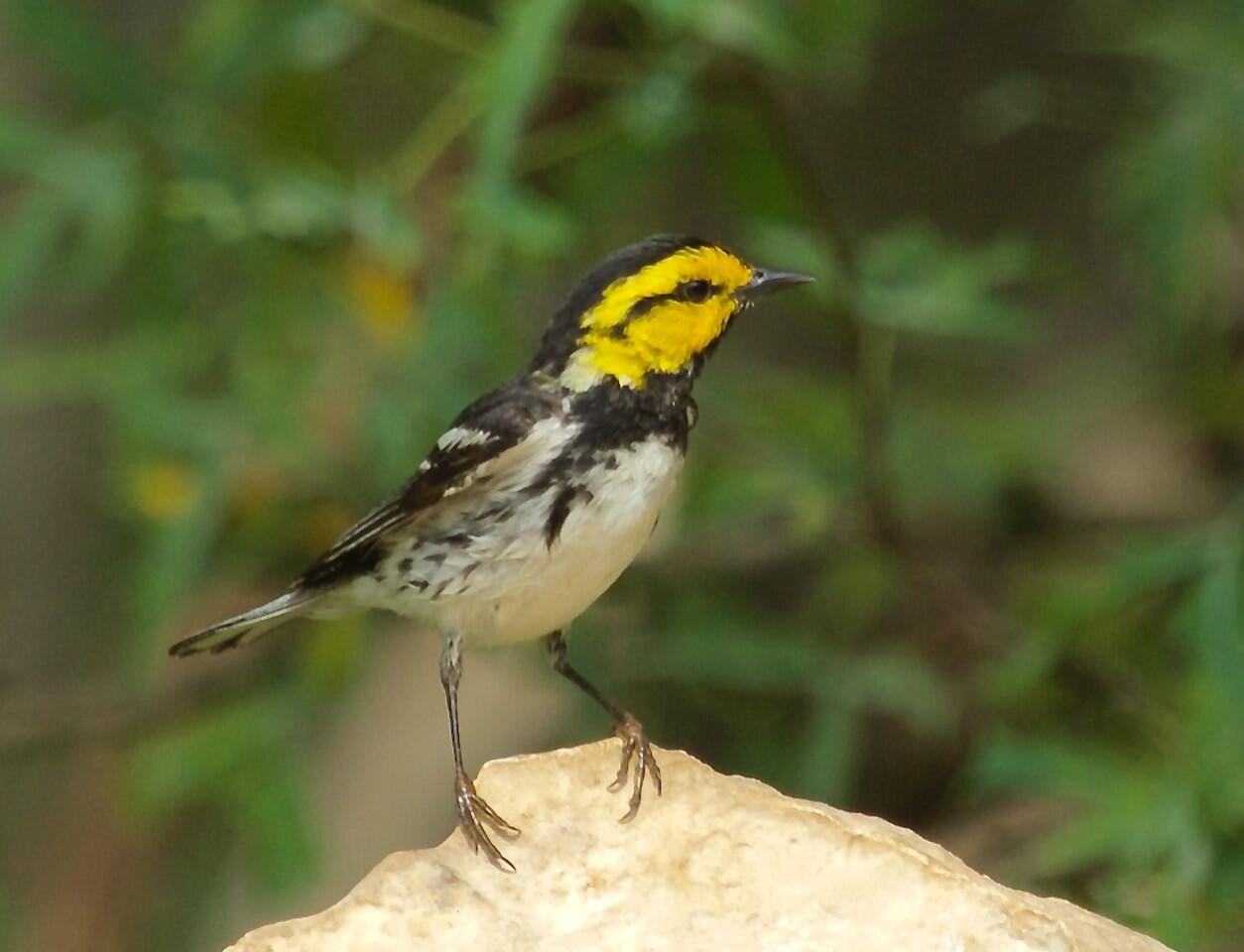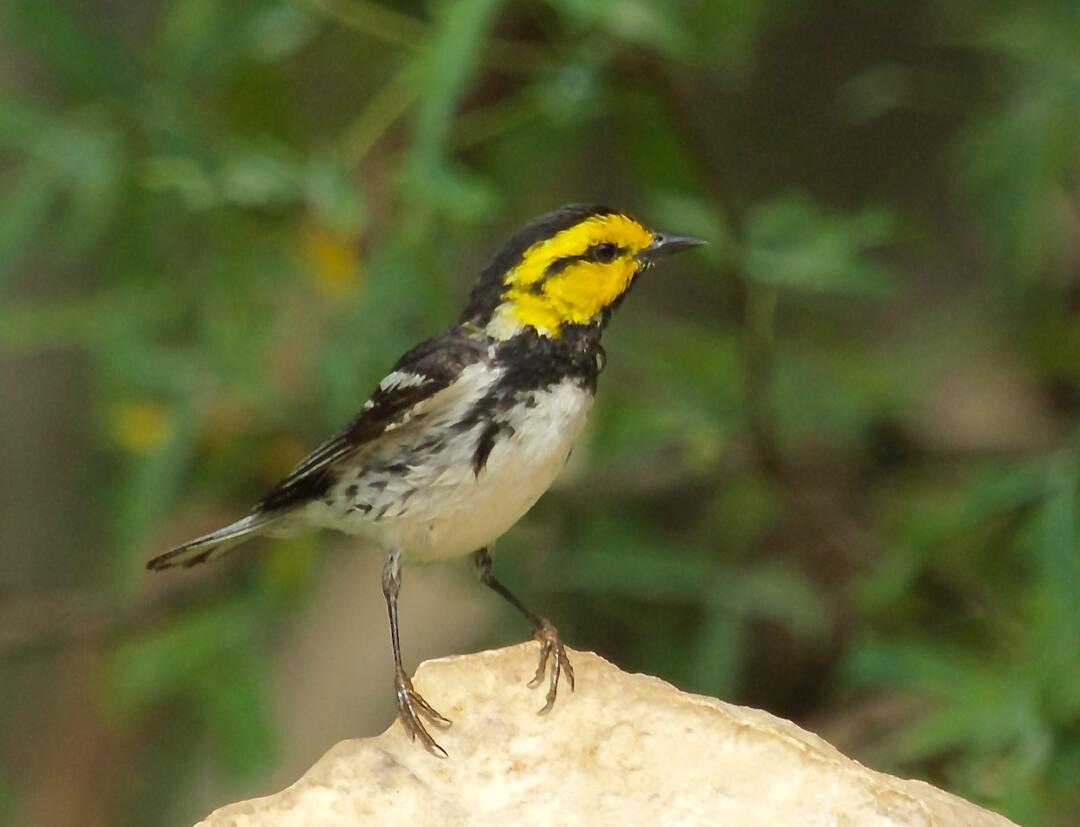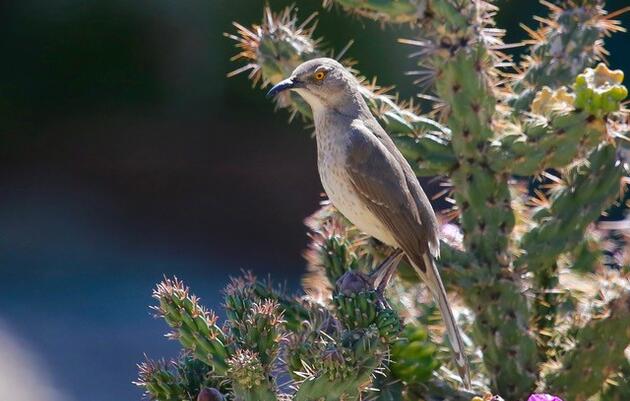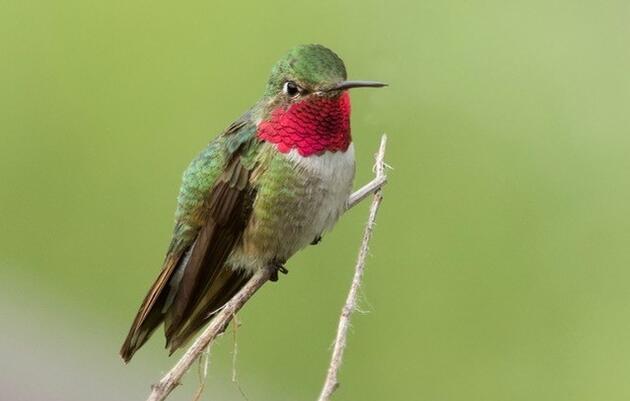By Tom Taylor, Resident Birder, Santa Fe, NM
In the next few weeks this column will take you on a cyber-tour around the country during the spring songbird migration. This is the third column during the COVID-19 pandemic confinement. The tour begins in the southwestern part of the US, where the author resides in Santa Fe, NM. For more than ten years each spring he has taken at least one photographic outing to another part of the country to follow the arrival of the neo-tropical migrants from Central and South America. The reader can connect to other articles in the series using the linked references on the bottom of this page.
As mentioned in the previous column, we will begin our travel this week to the Texas gulf coast. April is the month when millions of migrating songbirds cross the Gulf of Mexico from the Yucatan Penninsula, flooding the coastline to rest after the overnight flight. But, as one is driving to the coast this time of year, there are always opportunities to make some worthwhile birding stops. There is a very good birding location that I always visit when traveling I-10 through San Antonio. A side trip to the South Llano River State Park near Junction, TX can yield some exciting birding. The park has a number of birding blinds with both feeders and water features. Large springs are constant sources for the river flow and, as a consequence, the park has a varied wildlife habitat that extends from rocky upland to river bottomland.
The park regularly produces special viewing opportunities for two highly sought after songbirds that have a quite limited nesting area in the central Texas region. The first of these is the Golden-cheeked Warbler, which nests exclusively in Texas after wintering in northern Mexico. Park employees told me that I had photographed the first birds seen in the park when I visited there on April 10, 2015. Due to the Golden-cheek’s limited range, numbers, and southerly location it takes special effort to add it to your life list.
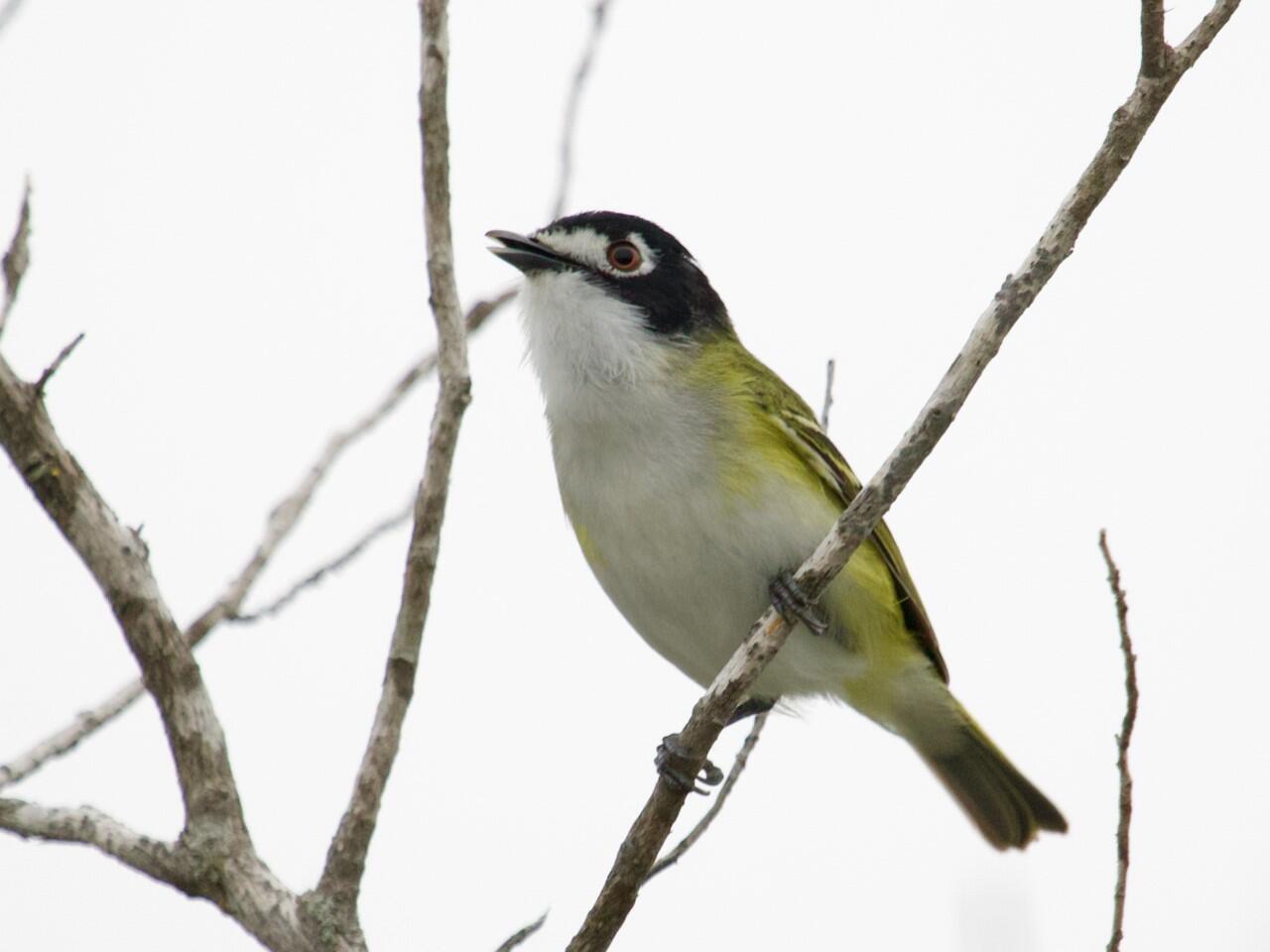
In about the same time frame there is a good opportunity to see the Black-capped Vireo, which also moves north from its wintering ground in Mexico to nest in the scrub oak habitat of Texas. Note the white spectacles around the bright red eyes. Because of its reclusive nature, especially when in its nesting area, it is a challenge to observe. The male birds are more vocal in breeding season. Because of this, the bird in the photograph was quite easily spotted in an overhead branch near one of the blinds. Both the Golden-cheeked Warbler and the Black-capped Vireo have been classified as endangered, with the vireo recently removed from the list.
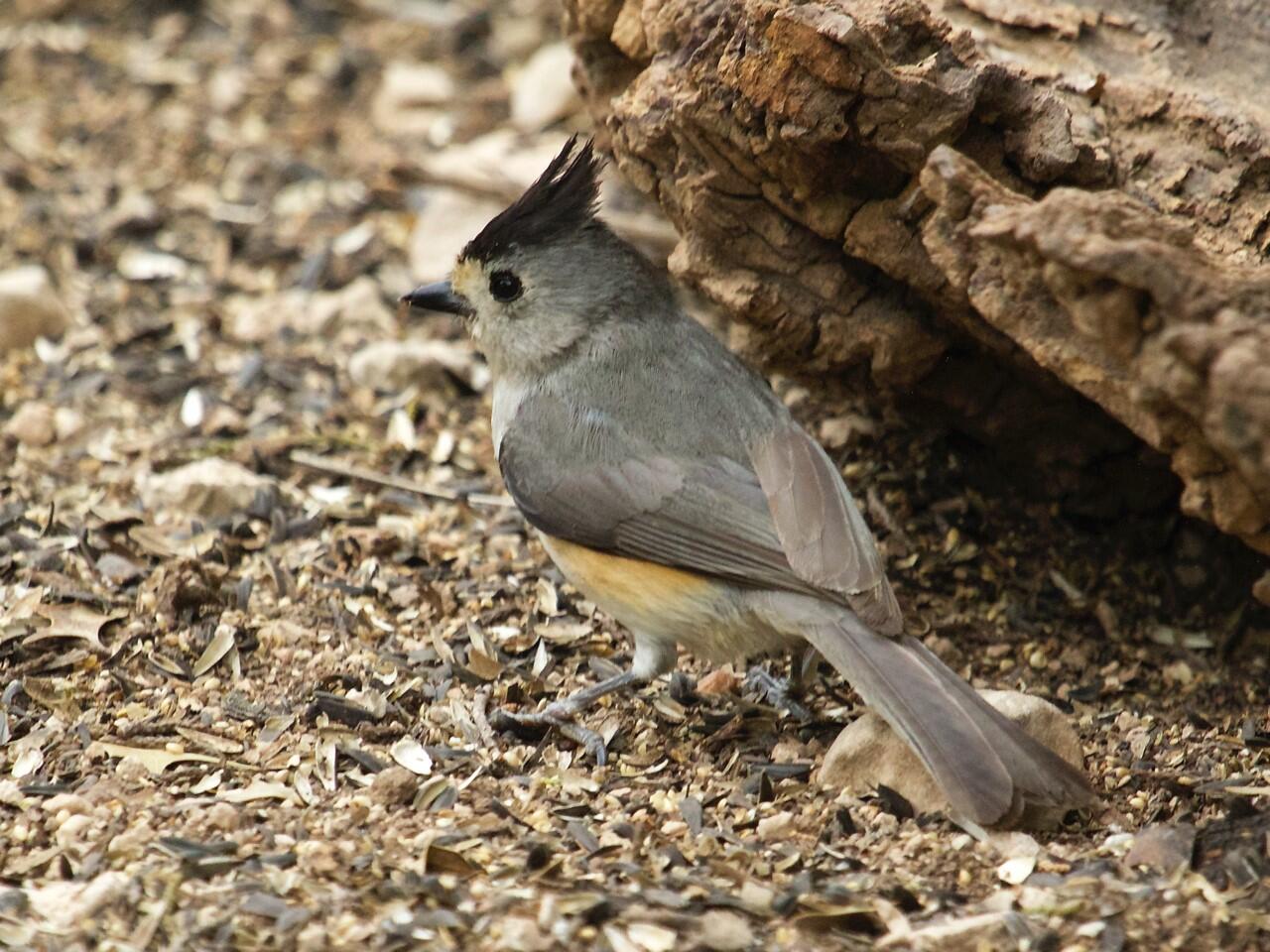
Being considerably south of Santa Fe, there are some resident bird species in the park that are not found in our area. One of these is the Black-crested Titmouse, which is more patterned than the non-descript Juniper Titmouse that is found in northern New Mexico.
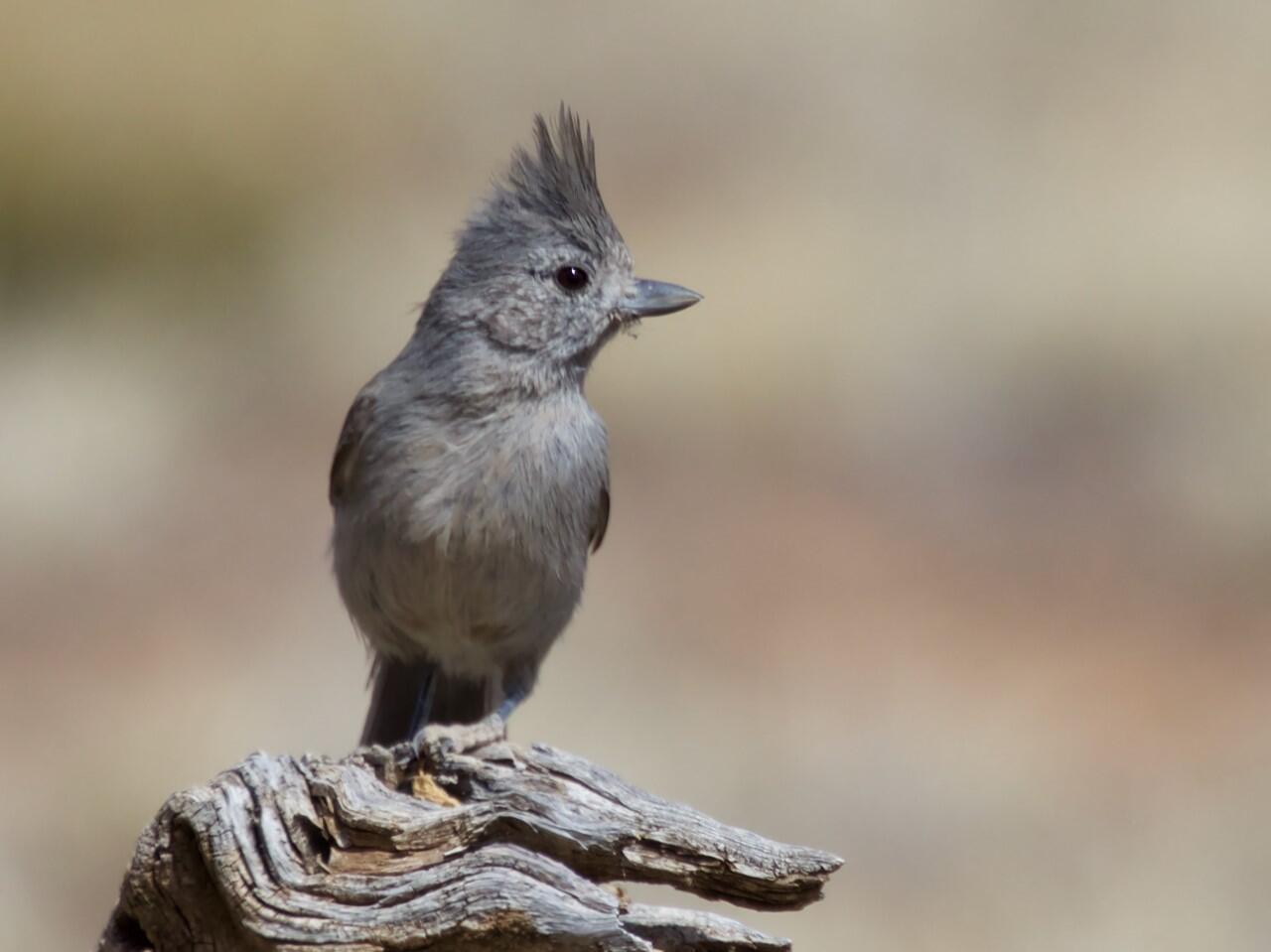
The Juniper for all its plain appearance has several expressive vocalizations to go with its charismatic behavior. The Black-crested Titmouse has similar behavior traits. It was once considered a southern (Mexican) subspecies of the Tufted Titmouse (gray-crested) found in the eastern part of the US. In all there are five species of titmice – Juniper, Black-crested, Bridled, Oak and Tufted that are listed in the North American field guides. Most likely, I will mention the Bridled Titmouse when the cyber-tour extends into the southwest during this indefinite period of confinement.
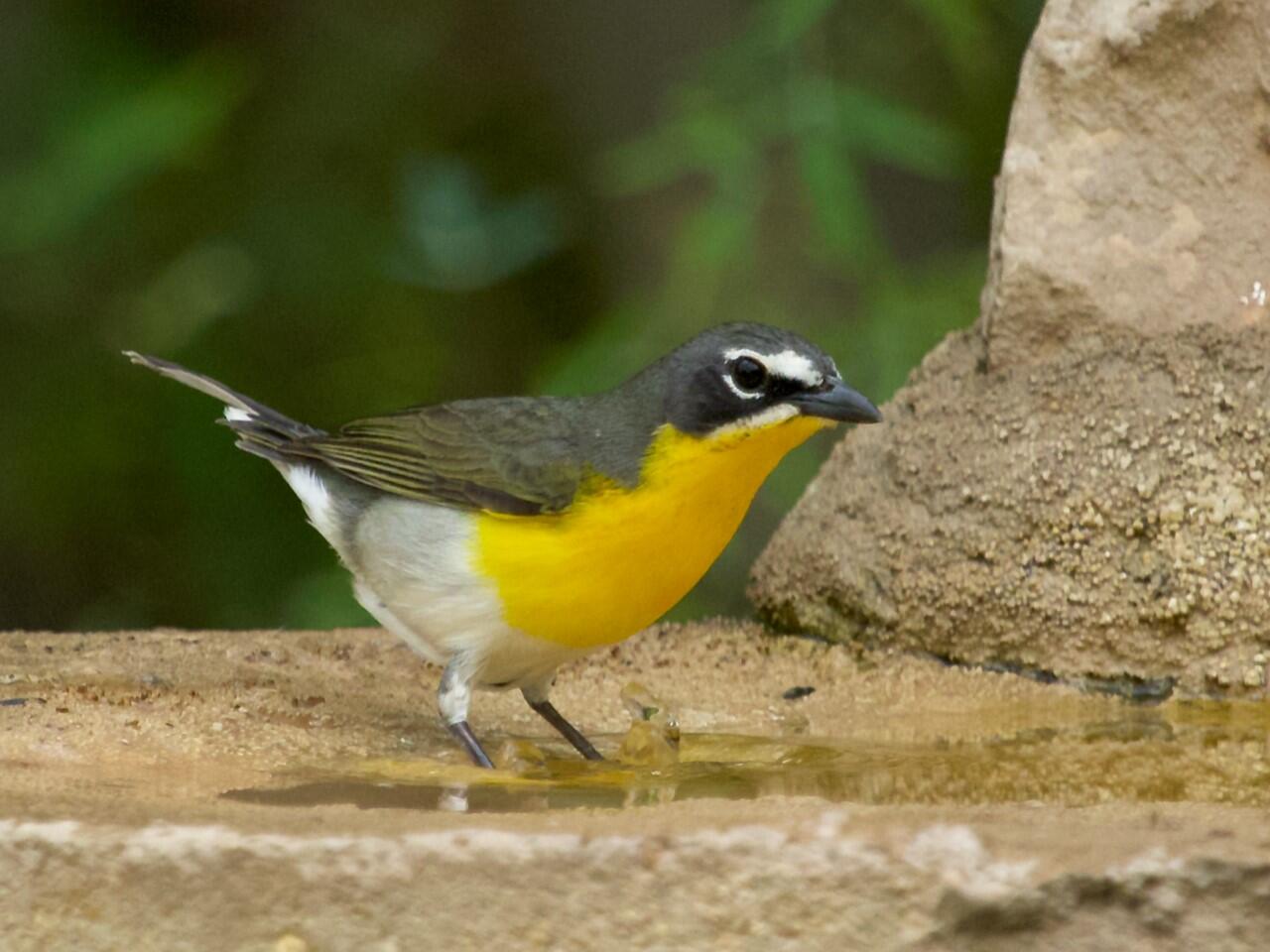
The water features at the park give a perfect opportunity to see a wide variety of birds at close range, in particular, some that typically vanish in the undergrowth or trees. Let’s peer into the personal bathing space for two of these. One rarely gets an open pose for the Yellow-breasted Chat, which typically sings ad nauseam, while seeming an arms length away, and yet impossible to find. (The reader can click on the speaker link found inside the bird icon to the left of this article to hear the bird’s song).
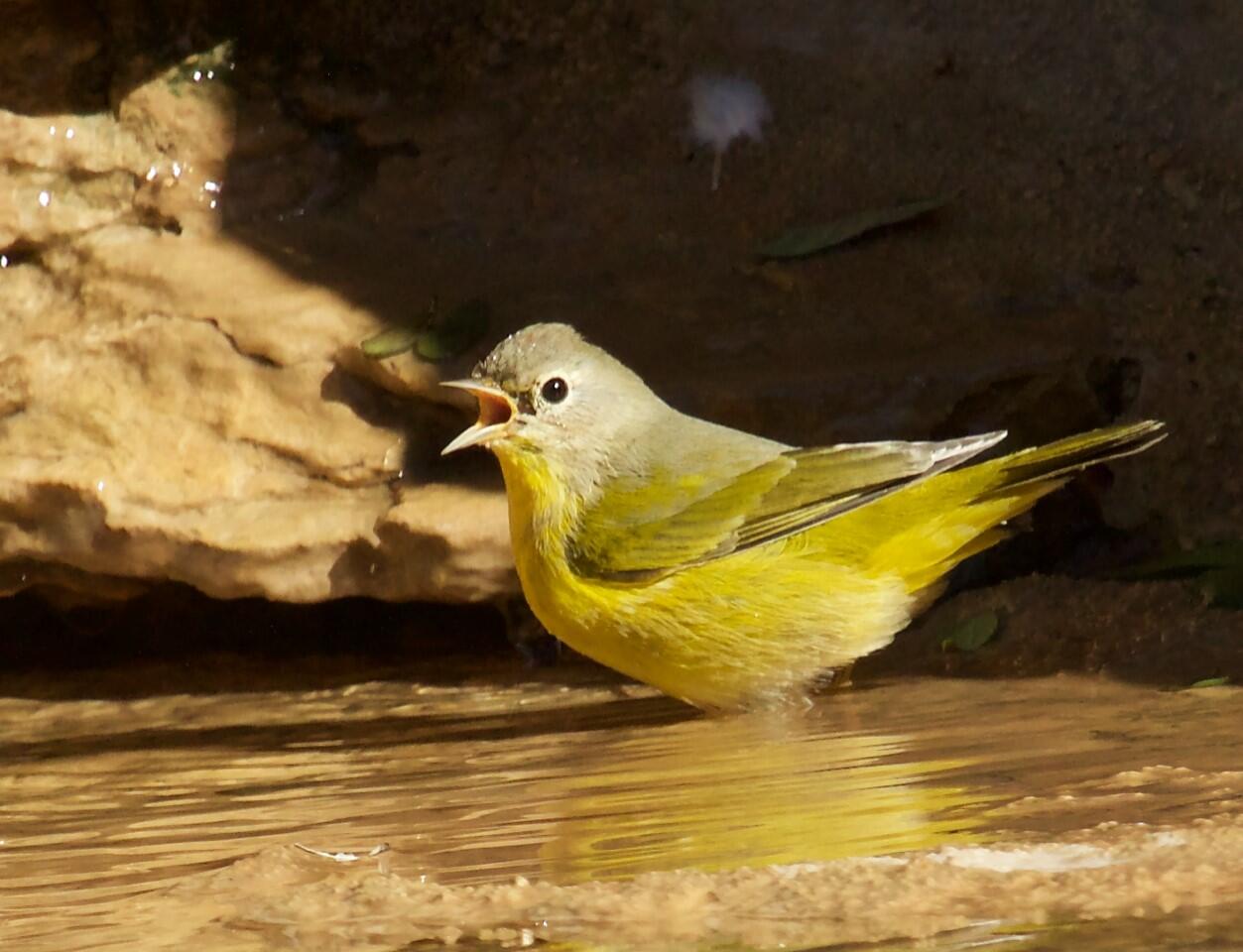
Not quite as difficult to see, the Nashville Warbler - which flashes through the foliage - has made a stop to refresh while flying north from Central America to its nesting range in the northern part of the US and southern Canada. Numerous neo-tropical migrating songbirds like this warbler are the delight of bird watchers as they move up the Texas coast on a journey as far north as the Boreal Forest in Canada. Time to continue to the coast.
If you drive east on I-10 through San Antonio, the I-37 connector will take you to Corpus Cristi, TX and the surrounding excellent birding areas along the gulf coast. I want to finish this journal with a stop at Port Aransas, showing several photos of birds, resident and migrating. Port Aransas, the epicenter for Hurricane Harvey landfall, has several birding habitats that extend from public beaches on the east shore to the coastal wetlands. Important protected habitat areas, such as at the Leonabelle Turnbull Birding Center, support wetland species such as the White Ibis and Reddish Egret.
This egret, as seen in the photo, distinguished itself as it races erratically in shallow water while chasing fish.
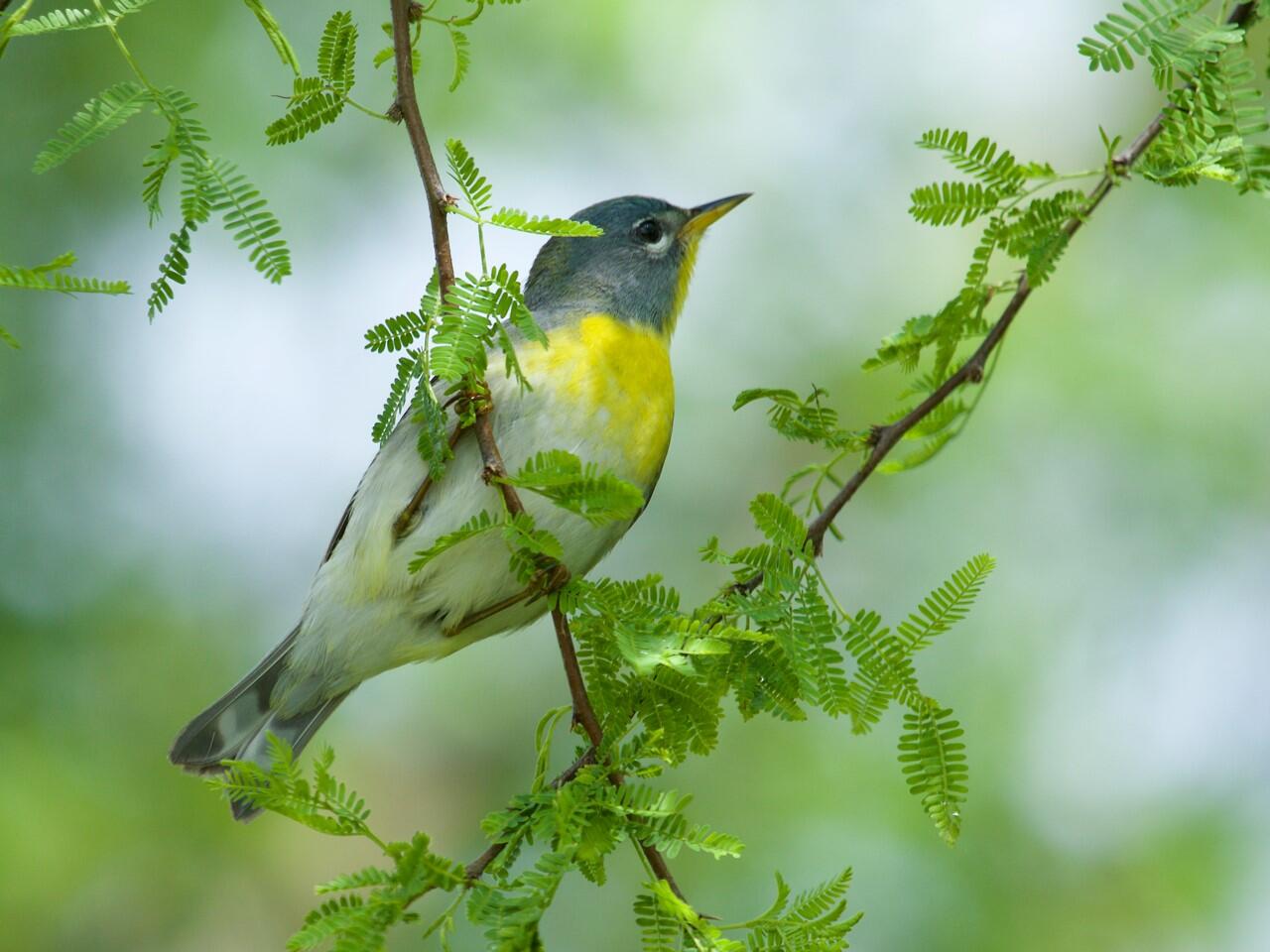
Any location along the coast that has tree cover will produce migrating songbirds, where they are drawn to feed on small insects during their flight north.Such is the case for the female Northern Parula seen at Port Aransas.
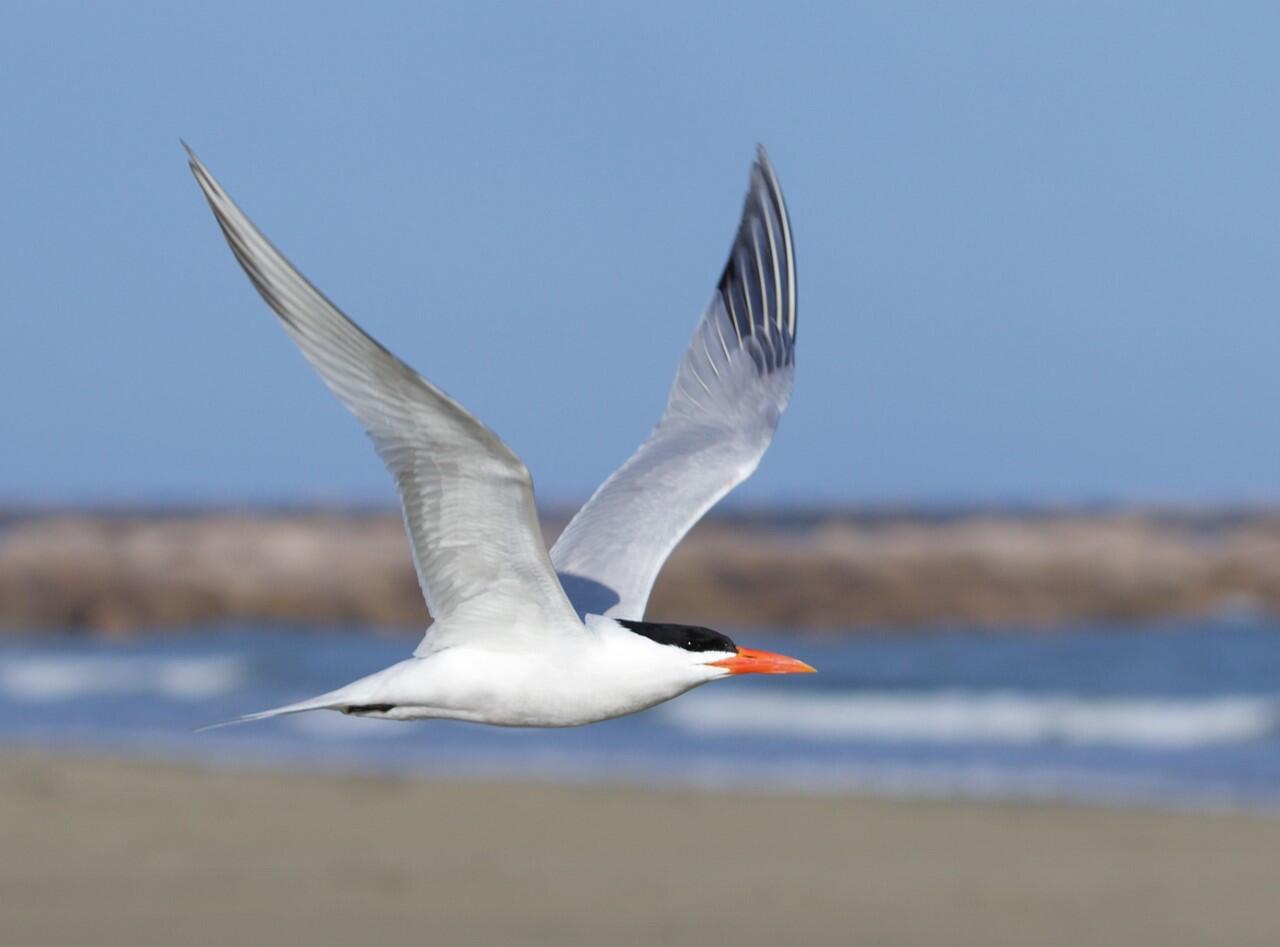
For an entirely different experience, large collections of seabirds, such as Royal Terns, can easily be seen from the nearby public beaches.
As you can see, there is plenty of material along the coast to write about in future columns. I will try that next time.

